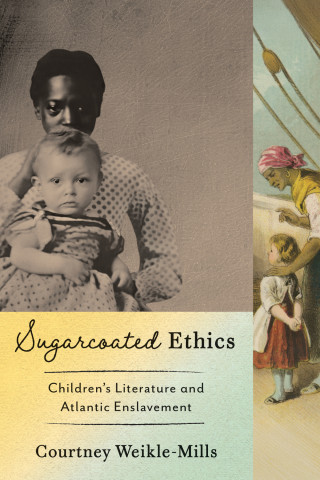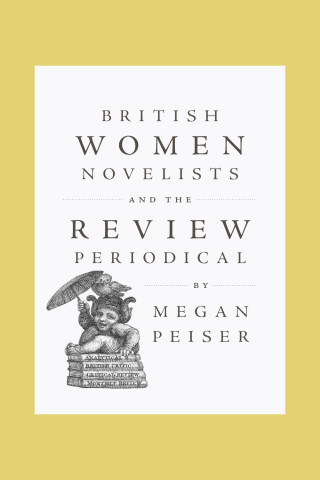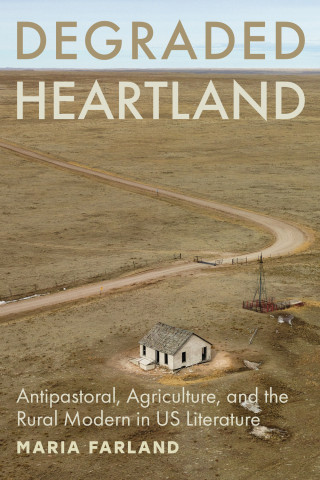
Reviews
A book that critics and researchers in the field cannot easily ignore.
In many respects, this is the book I and many others have been waiting for. I have not seen any work so comprehensive in its synthesis of previous commentary. Aarseth's brilliant observations remind me of McLuhan's 'probes'—highly condensed, provocative statements meant to generate controversy and insight. This is clearly the best study of electronic texts I have yet read.






